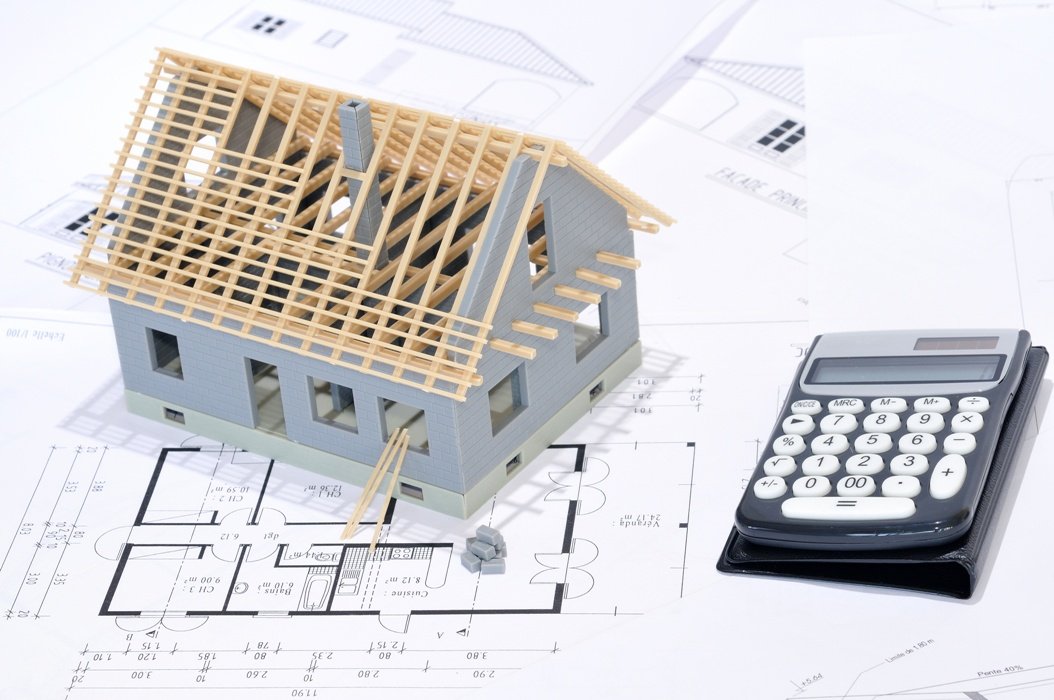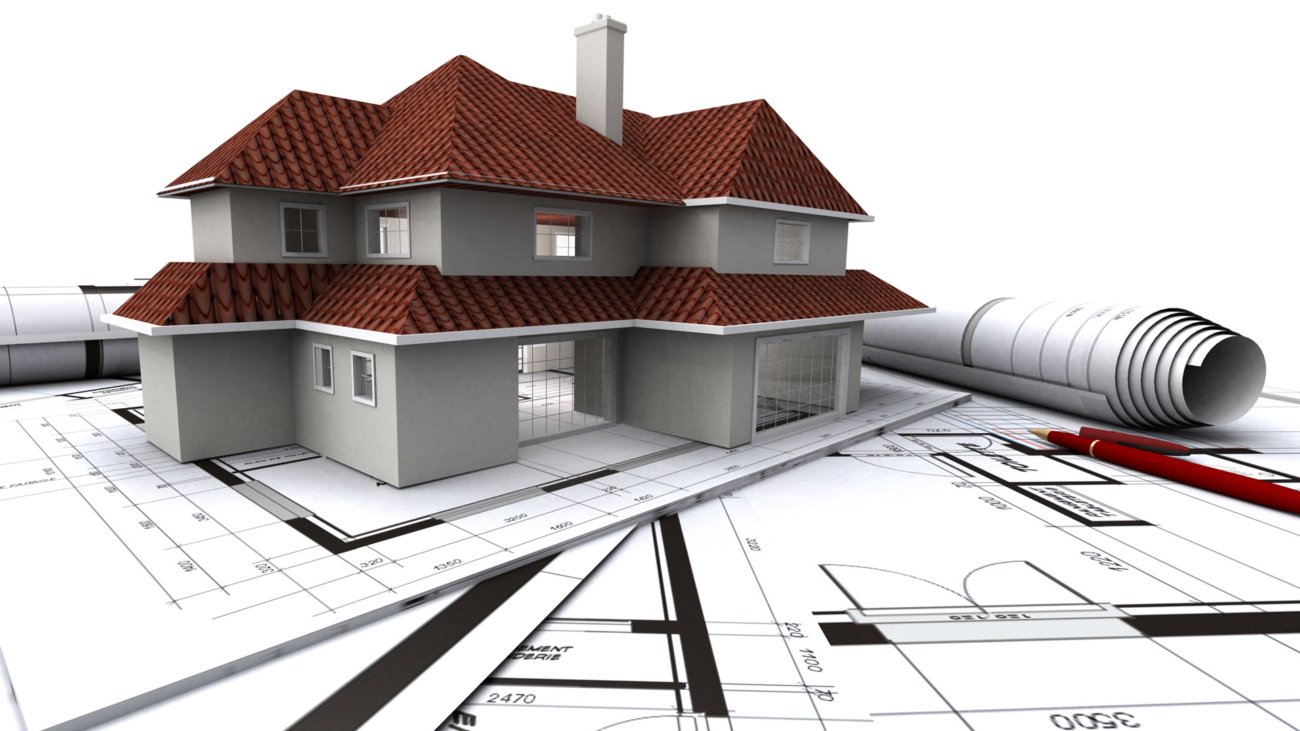Techniques for How to Measure a Roof From the Ground
For rectangular roof sections:
- On standard gable roofs with rectangular sections, you can count the shingles and calculate the size. This works because 3-tab shingles are about 12 inches wide by 6 inches high.
- Working left to right, count how many shingles that you see in a row.
- The number of shingles represents the section’s width in feet.
- Write down the width number.
- Count the rows of shingles upward from the gutter to the peak.
- Divide the row number by 2 to arrive at the height of the section in feet.
- Write down the height number.
- Multiple width by height to calculate square footage for the section.
- Repeat the shingle count method for every section of roof.
- Add all square footages for each section to get the total square footage covered by shingles.
Slope
Slope Ratio
A roof that rises 4 inches for every 1 foot or 12 inches of run is said to have a “4 in 12” slope. If the rise is 6 inches for every 12 inches of run, then the roof slope is “6 in 12.”
The slope can be expressed numerically as a ratio. The slope ratio represents a certain amount of vertical rise for every 12 inches of horizontal run. For example, a “4 in 12” slope can be expressed as the ratio of 4:12. A “6 in 12” slope is expressed as 6:12.
Pitch
Degrees converted to roof pitch
9.5° = 2:12, 14° = 3:12, 18.5° = 4:12, 22.5° = 5:12,
26.5° = 6:12, 30° = 7:12, 33.5° = 8:12, 37° = 9:12,
40° = 10:12, 42.5° = 11:12, 45° = 12:12
Measuring the area of your roof is not always a simple process. In fact, it can be challenging to determine the square footage, especially if you have an irregular-shaped roof or if your roof has multiple dormers, valleys, hips, and ridge lines. However, getting a precise measurement is crucial if you want to purchase the correct amount of materials. If you are not confident in your ability to get a precise measurement, or if you do not feel comfortable going on your roof, consider hiring a professional to make the measurements and calculations for you.

How Many Bundles of Shingles Will You Need
The average bundle of shingles covers 33.3 ft2, so three bundles of shingles are needed per square. Asphalt shingles range in price from about $25 per bundle for a standard 3-tab style to around $50-$75 or more for an upgraded architectural style.
How Many Rolls of Felt Will You Need
Roofing felt is sold by the roll. The average roll of 15-pound roofing felt covers about 400 ft2, or 4 squares, while the average roll of 30-pound roofing felt covers about 200 ft2, or 2 squares.
Rolls of felt are 36″ wide x 144′ long for 15# and 72′ long for 30#. Consider other underlayment options as needed, such as rubber or tar products.
How Many Nails Will You Need
Nails will also be required for any roofing project. The average 3-tab shingle needs four nails per shingle. High wind areas and other types of shingles may need more. 320 nails will be needed to install a square of standard 3-tab shingles, assuming four nails per shingle and 80 shingles per square.
Looking For a Roof Measurement Report?
Please Fill Out The Form Below -



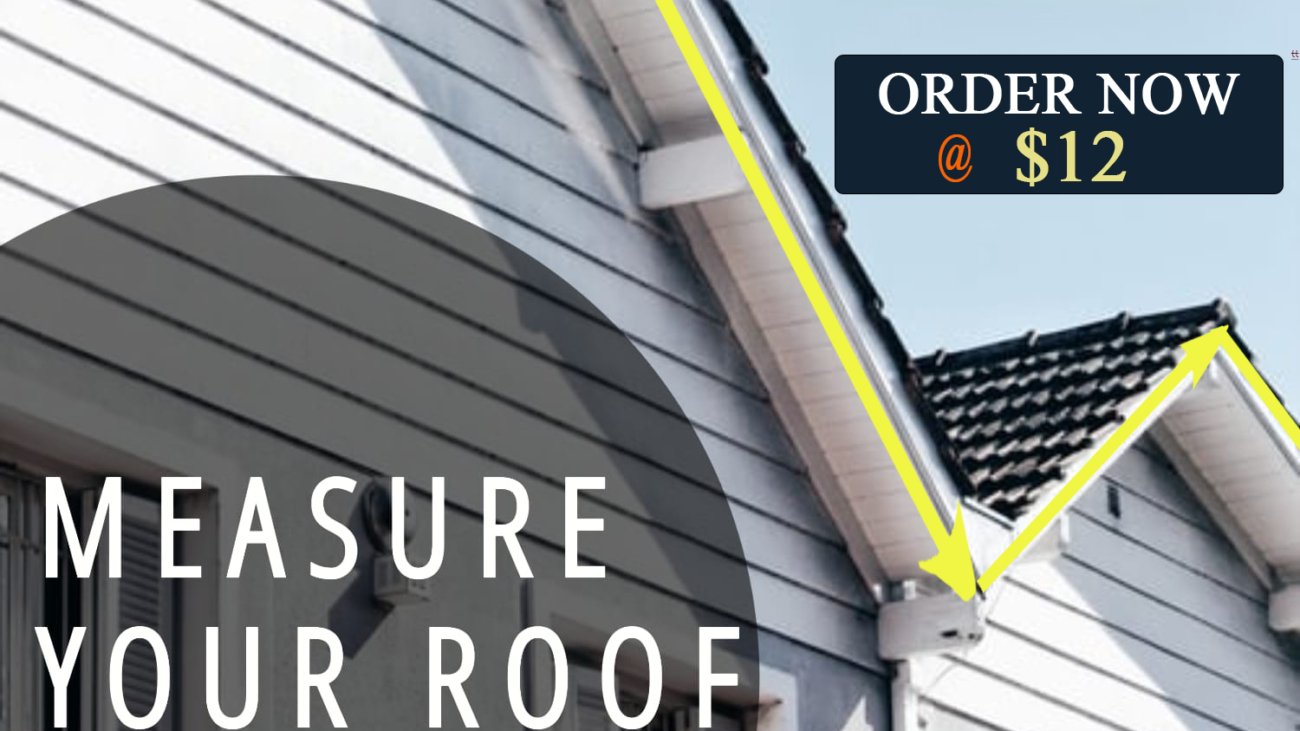

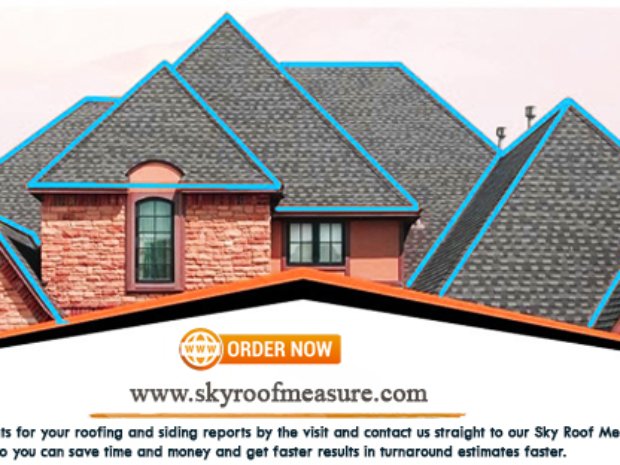






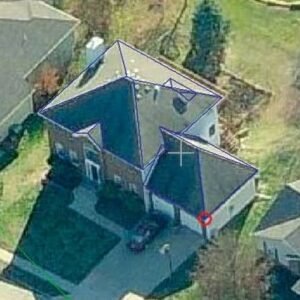
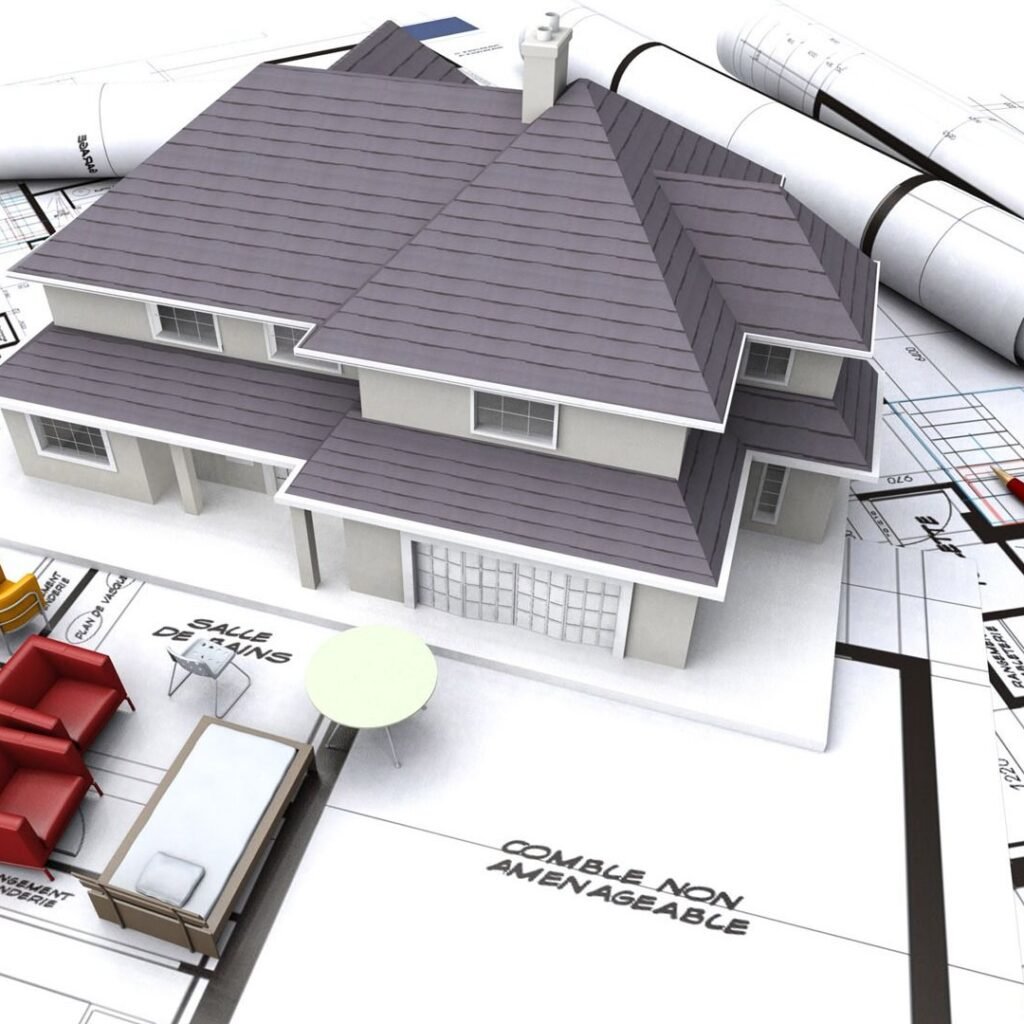


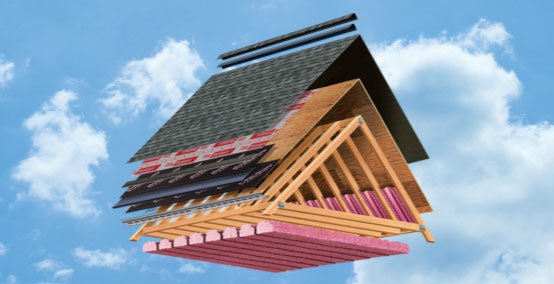
 For example, this shed roof has one roof plane. Simply measure length (A) x width (B): A x B = 120′ x 100′ = 12,000 sq. ft. for the total square footage of the roof.
For example, this shed roof has one roof plane. Simply measure length (A) x width (B): A x B = 120′ x 100′ = 12,000 sq. ft. for the total square footage of the roof. This gable roof has two planes. So, multiply length (A) x width (B) to get the square footage for each plane. Then, add the two planes together to derive the total square footage of the roof:
This gable roof has two planes. So, multiply length (A) x width (B) to get the square footage for each plane. Then, add the two planes together to derive the total square footage of the roof:
